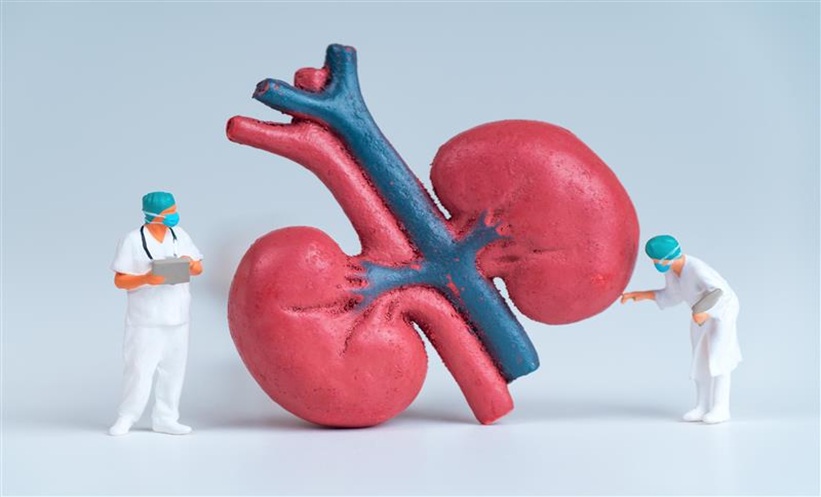RHYTHMIC processes of bodily function, such as urine excretion, are regulated by an internal circadian clock located in the kidney organs, a new study conducted at the Université de Lausanne in Switzerland shows.
Human circadian rhythms, responding primarily to darkness and sunlight, and controlling physical, mental, and behavioural processes on a 24-hour cycle, are mediated by the body’s circadian clock, which is located in the suprachiasmatic nucleus of the brain. A recent study has now revealed another internal clock residing in the kidneys, which appears to be responsible for maintaining the equilibrium of the various components of the blood.
Urination is an easily recognisable bodily process; >2 L of fluid are excreted through urination every 24 hours, and significantly more urine is excreted during the day. The research team hypothesised that this process was at least partially dependant on a rhythmic cycle of regulation. To investigate this notion in relation to the kidney circadian clock, the expression of the Bmal1 gene was inhibited. The study found that the circadian clock of the kidney controls the organ’s ability to adapt to daily cycles of light and dark, which the body naturally associates with activity and rest. By self-correlating with these cycles, the internal clock of the kidneys regulates filtration of the blood, occurring through the nephrons.
Consequently, these adaptions are crucial to the maintenance of optimal levels of lipids and amino acids in the blood, along with the clearance of drugs from the body. “We have shown that the circadian clock in the kidney plays an important role in different metabolic and homeostatic processes at both the intra-renal and systemic levels and is involved in drug disposition,” concluded Dr Dmitri Firsov, Department of Pharmacology and Toxicology, Université de Lausanne, Lausanne, Switzerland.
This internal clock is thus able to affect both how long a therapeutic drug remains in the blood, and its efficacy, making this process a potential target for altering drug excretion.
(Image: freeimages.com)






